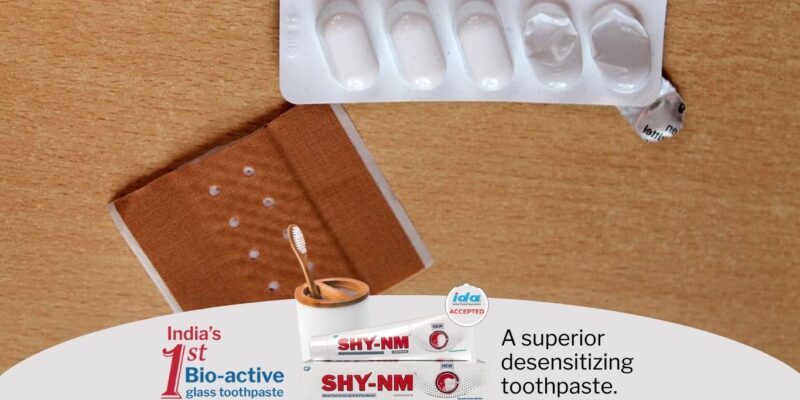Mandibular third molar surgery is a common procedure that often results in postoperative pain, swelling, and trismus. These sequelae present significant challenges for both patients and clinicians. To address these issues, various management approaches have been explored. A recent study compared the efficacy of transbuccal mucoadhesive patches containing diclofenac sodium versus oral tablets in controlling these postoperative complications.
Study Design and Methodology
A prospective split-mouth, single-blinded study was conducted at AMC Dental College and Hospital in Ahmedabad. The study aimed to assess the efficacy of two different routes of administering diclofenac sodium for managing postoperative pain, swelling, and trismus following the surgical removal of mandibular third molars.
Participant Selection
The study included patients aged 18 to 45 years who required surgical removal of bilaterally symmetrical mandibular third molars under local anesthesia. Patients who had consumed analgesics within 24 hours prior to the procedure were excluded from the study. A total of 146 patients were initially screened, but only 37 subjects met all inclusion criteria.
Study Groups
Participants were divided into two groups:
- Study Group: Received transbuccal mucoadhesive patches containing 20 mg diclofenac sodium.
- Control Group: Received oral tablets containing 50 mg diclofenac sodium.
Outcome Variables
The primary outcome variable was postoperative pain measured using a visual analog scale (VAS). Secondary outcome variables included swelling, mouth opening, onset of analgesic effect, and adverse events.
Two categories of covariates were considered:
- Demographic: Age and gender.
- Perioperative: Pattern of impaction.
Results
The final sample consisted of 37 subjects with a mean age of 26.08 ± 5.09 years; this included 21 males (56.75%) and 16 females (43.25%).
Pain Management
The study group exhibited significantly lower postoperative pain scores compared to the control group on days 0, 1, 2, and 3 postoperatively (P ≤. 05). This indicates that transbuccal mucoadhesive patches are more effective in managing postoperative pain than oral tablets.
Swelling and Mouth Opening
No statistically significant difference was observed between the two groups regarding reduction in facial swelling or improvement in mouth opening on days 1 through 3 postoperatively (P ≥. 05).
Onset of Analgesia
The onset of analgesia was significantly quicker in the study group (19.96 ± 5.40 minutes) compared to the control group (52.56 ± 6.33 minutes) (P <. 001). This rapid onset can be particularly beneficial for immediate postoperative pain relief.
Conclusion
Transbuccal mucoadhesive patches containing diclofenac sodium offer effective pain control with quicker analgesia onset compared to oral tablets following mandibular third molar surgery. While both methods showed similar efficacy in reducing swelling and improving mouth opening postoperatively, the transbuccal patch demonstrated superior performance in terms of rapid pain relief with fewer side effects.
These findings suggest that transbuccal mucoadhesive patches could be a preferred alternative for managing postoperative sequelae after mandibular third molar extraction surgeries.
By adopting this approach, clinicians can enhance patient comfort and improve overall outcomes following dental surgeries involving the mandibular third molar.




















Comments